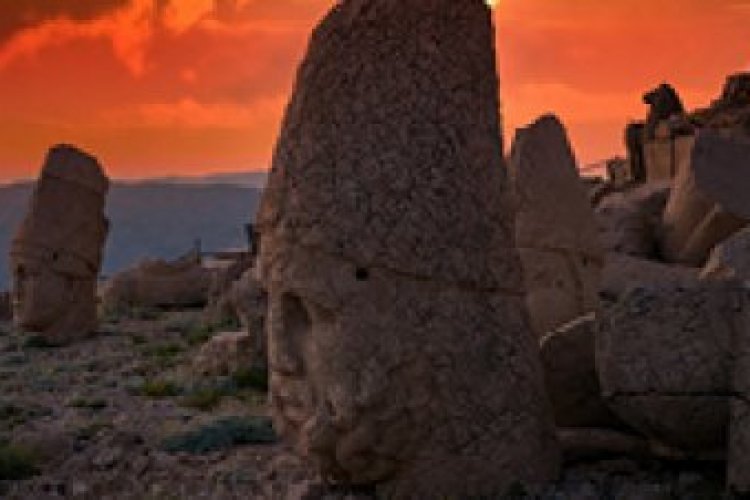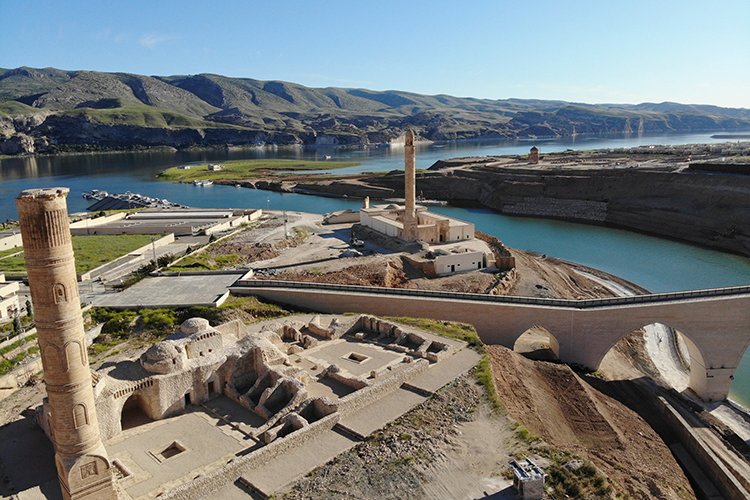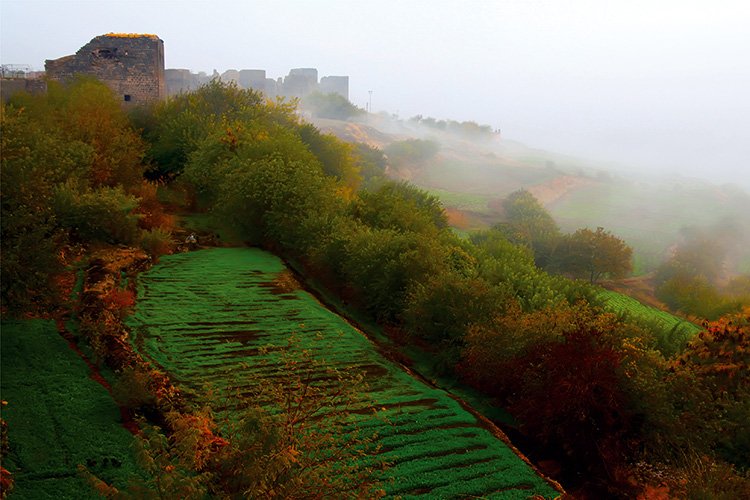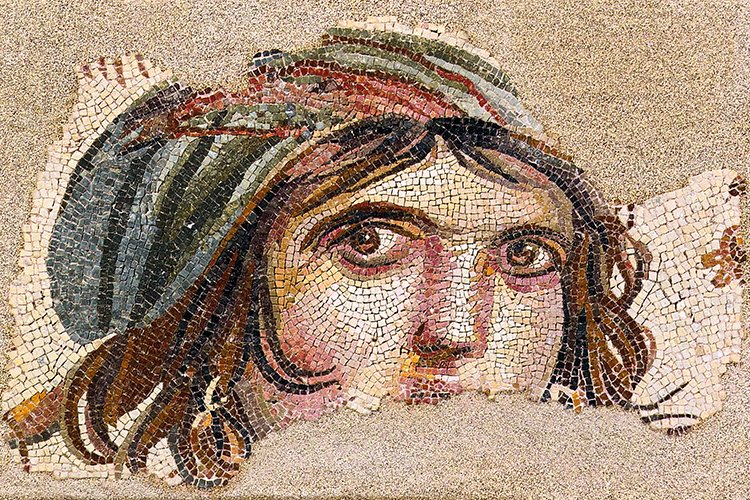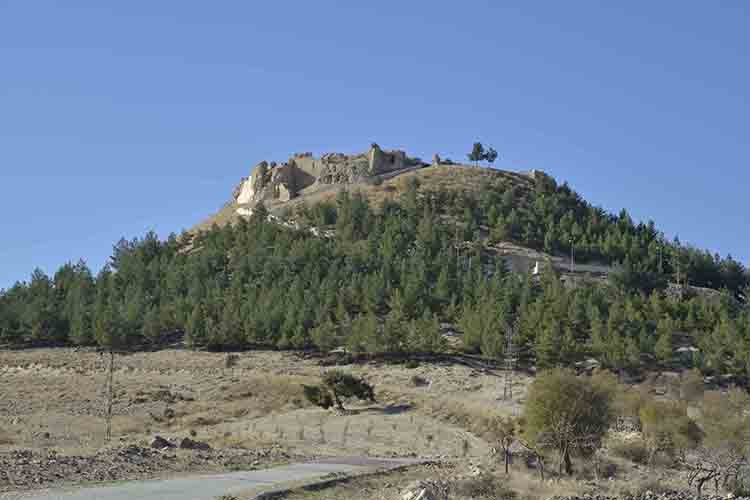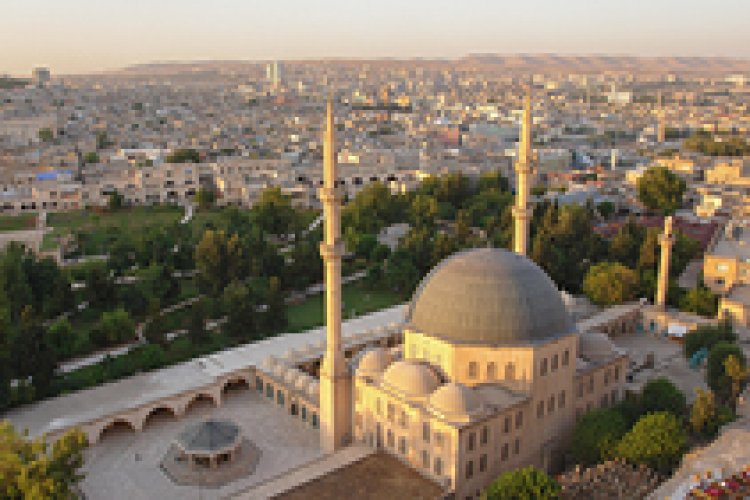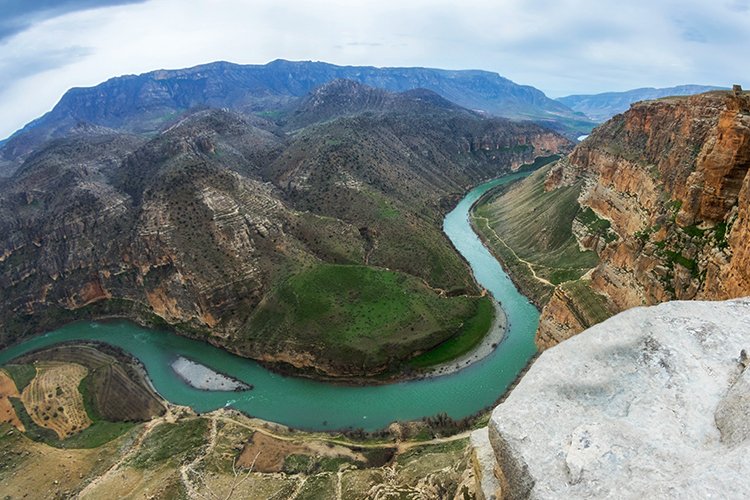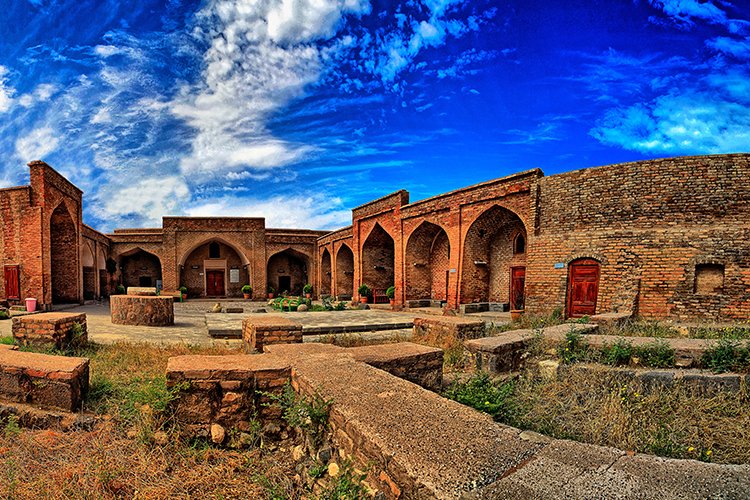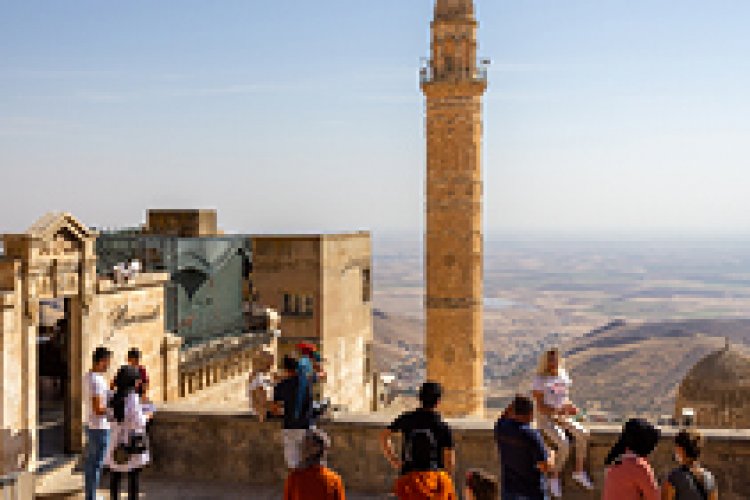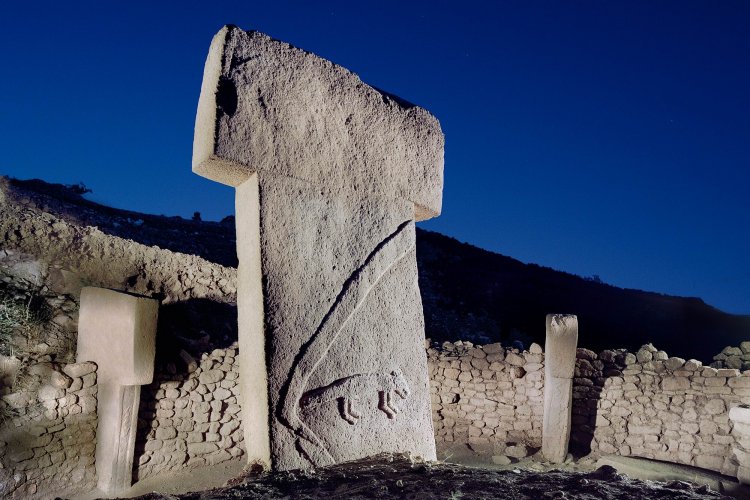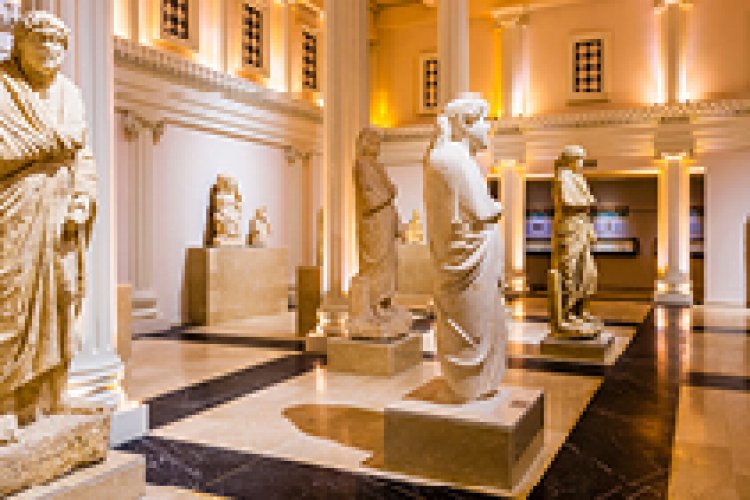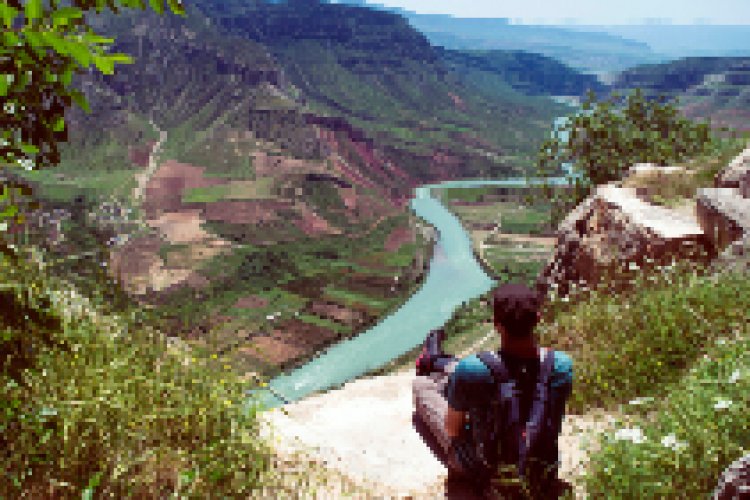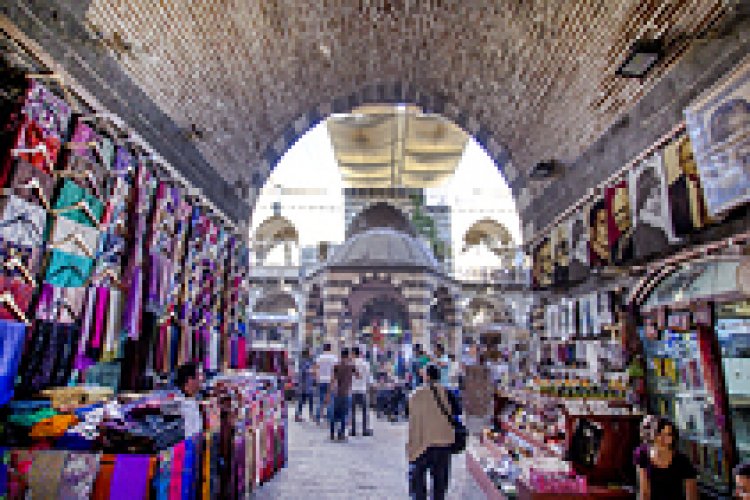Batman
Batman, which used to be a tiny village called Iluh until oil was discovered in the Raman Mountains in 1940, became rich and developed rapidly after this date and became the 72nd province of Turkey in 1990. The village of Iluh, referred to as Eyluh or Eyluhi in historical sources, was established on the slope of a hill in the middle of a flat lowland. It is thought that there was a Sumerian city settlement in the area where Iluh Hill is located, but because it was built on a swampy land, the city is buried under the ground over time.
Must Do
Enjoy the Hasankeyf view while having your food nearby Tigris with your feet in the water.
Share the blues of Hasankeyf
Take a Tigris trip full of history at Batman Museum.
Visit Sason and Mereto Mount.
Watch the iron horses.
Salute Garzan Brook, mounds and domes before water gets higher at Ilisu Dam.
Visit Mor Kiryakus Monastery
Did You Know
Ebul Iz Al Cezeri, one of the most important scientists of the period, the scientist and technician who laid the foundations of the computer, the inventor of 60 machines such as robots, watches, water machines, combination locks, combination safes, thermos, automatic children's toys, and the world's first cybernetic scholar, prepared the projects of the automatic ablution machine in Hasankeyf, which is famous for its complexes.
Artuqid Principality is an Oghuz Turkmen Principality that ruled in Mardin, Hasankeyf and Harput regions between 1102-1409. It is also known as "Artukogulları Principality".
Artuqids were governed by three main branches: Hasankeyf and Amid, Mardin, and Meyyarfarikin and Harput. Later, they came under the rule of Anatolian Seljuks, Ayyubids and Mongols respectively, and were destroyed by the Karakoyunlus in 1409.
Although the Artuqids reigned for a very short time, they left unforgettable traces in Mesopotamia and Anatolia with their just administration, their contributions to the history of Islamic science and their monumental works with extraordinary delicacy.
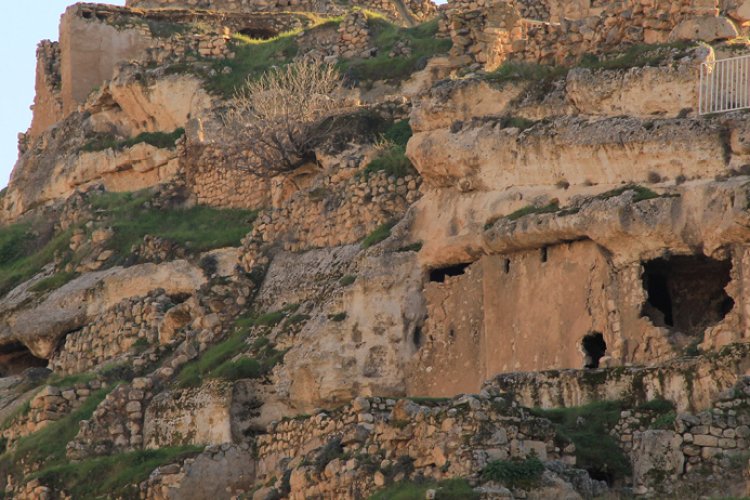
Hasankeyf / İçkale
İçkale, which is located on the banks of the Tigris River, on the upper part of Hasankeyf and built on a monolithic rock mass, is also called the "Upper City" with its walls and magnificent doors suitable for its natural structure. With the first entrance gate of İçkale, the walls and the main mass of the Great Palace dates from the Roman Period. The first structure of the Great Mosque, a part of the Great Palace and the water systems delivered to the castle are the works of the Artuqid State. There are also hundreds of cave-houses in İçkale, which are carved into houses by the people and used as a complete house with niched walls, kitchen and living room. These caves, which were abandoned in 1970s when the people living there descended to the current settlement, reveal this period in the life of the people of the region.
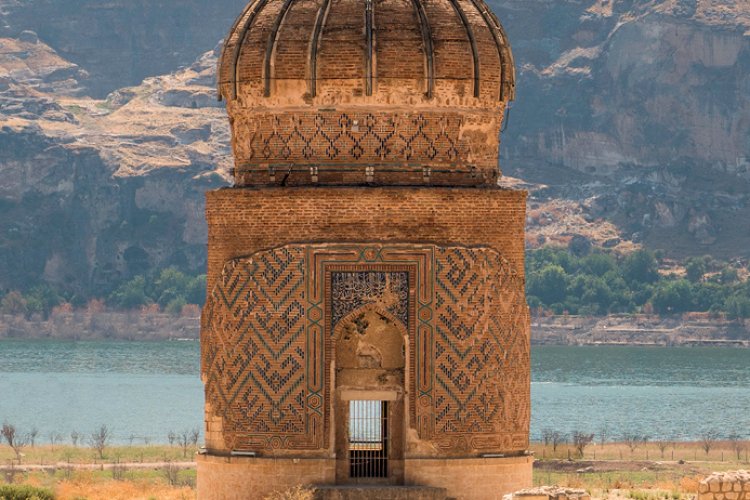
Zeynel Bey Tomb
Zeynel Bey Tomb, which moved to the new Hasankeyf, is the only structure in the region from Akkoyunlu. The date of construction of the tomb, which was built in memory of Akkoyunlu Emperor Uzun Hasan's son Zeynel Bey, who died in the war, is not known exactly. The building, which is unique with its non-anatolian architecture and decoration, has an inner octagonal plan against its cylindrical appearance. In addition to the vegetable and geometric decoration consisting of turquoise and navy blue colored glazed brick veneers and mosaic tiles on the body surface, there is also a kufic Arabic writing consisting of the words "Allah, Muhammad, Ali, Ahmed".
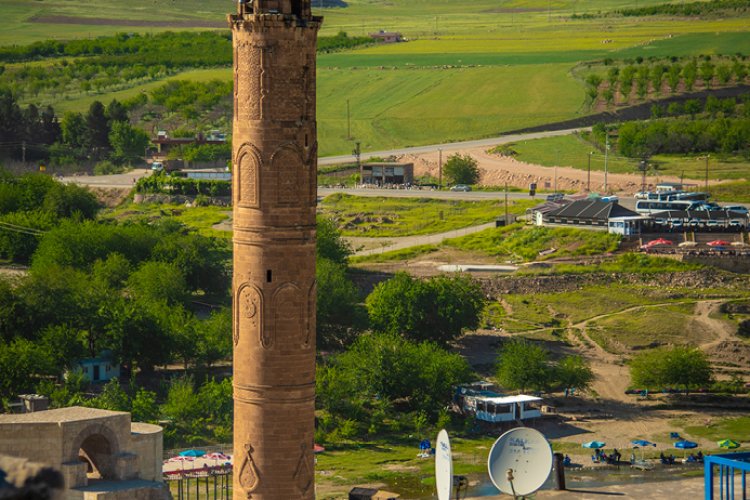
Er-Rizk Mosque
Another Ayyubid-era monument awaiting visitors in its new location is the Er-Rızk Mosque. Built in 1409, the mosque is worth a visit just to see the stonework on its crown gate and minaret. The mosque's southern prayer hall was washed into the river due to a landslide, and the northern wall, the courtyard entrance façade, the crown gate and the minaret have survived to this day. The minaret on a high square prism base adjacent to the northeast corner of the mosque is admirable with its colored stones cut in small mosaics and fine geometric patterns arranged with inlay technique, geometric ornaments on its body and Arabic writings in kufic calligraphy.
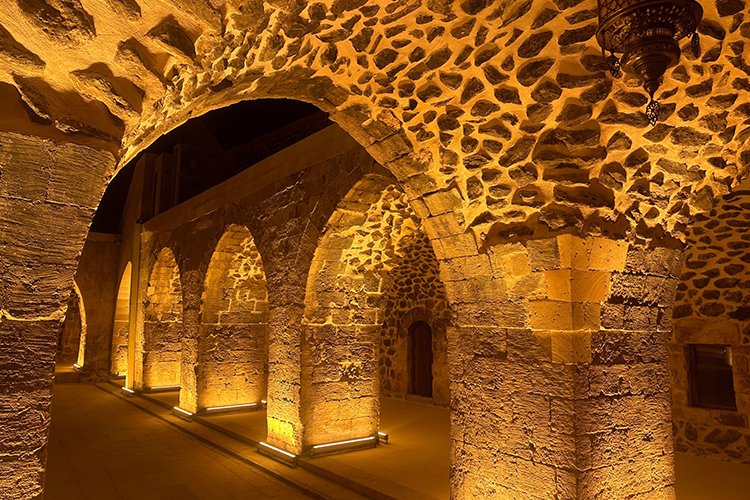
Mor Kiryakus Monastery
The Mor (Lila) Kiryakus Monastery at the very tip of the Turabdin Region, which is considered sacred by Syriac Christians, has an important place among the nearly 80 churches and monasteries in this region. The monastery, which is believed to have been built in 457 A.D., was actively used until the 1940s, and priests who completed their education here were assigned as instructors to other churches in the Turabdin Region. However, the monastery is now abandoned due to the lack of congregation in the village, and restoration work is still ongoing.
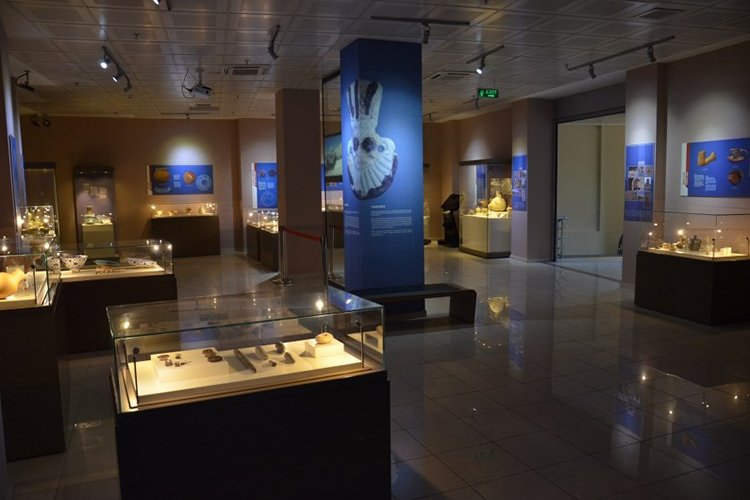
Batman Museum
Bölgenin önemli müzelerinden biri olan Batman Müzesi'nde Paleolitik dönemden Ortaçağ'a kadar geniş tarih yelpazesinde yaklaşık 500 adet eser sergileniyor. Müzeyi ziyaretinizde "satrancın atası" olarak kabul edilen, beş bin yıllık Oyun Taşları'nı görebilirsiniz. Müze bahçesinde oluşturulan tarihi yaşam alanında ise ziyaretçiler tarihi yaşayarak ve uygulayarak öğrenebiliyor.Batman Museum, one of the most important museums in the region, exhibits approximately 500 artifacts ranging from the Paleolithic period to the Middle Ages. During your visit to the museum, you can see the five thousand year old Game Stones, which are considered to be the "ancestors of chess". In the historical living area created in the museum garden, visitors can learn history by living and practicing.
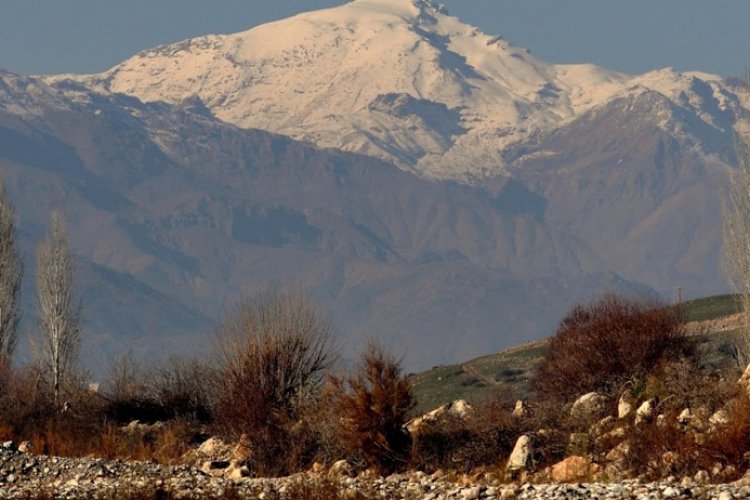
Mount Mereto
The 2,973-altitude Mount Mereto in Batman's Sason district is admired for the caves and tunnels formed as a result of the melting of snow reaching up to 10 meters in winter. These natural wonder caves and tunnels attract the attention of nature photographers and hikers as well as local residents.
